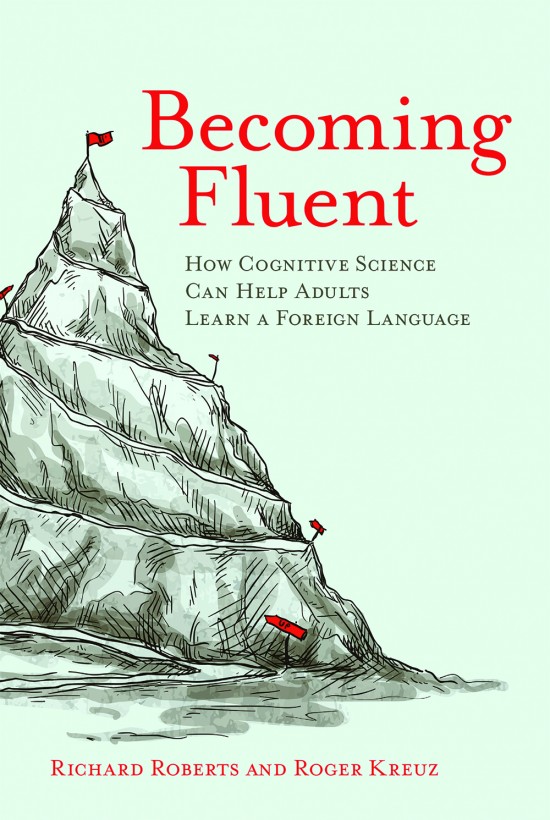BY C.M. MAYO — August 16, 2021
UPDATE: This blog was then entitled Madam Mayo (2006-2022).

After two years of high school German with an excellent and demanding teacher; an intervening eon of forgetfulness (in which, while living in Mexico City, instead I learned Spanish); and then, more recently, three years of minimal but, bei Gott, daily German practice plus occasional classes, I have improved my German to the point where— Trommelwirbel und Vorhaung auf!—I now have a website in German:

For those of you who read German, I hope you’ll have a look. It is embryonic, nonetheless, it already has some content, including a fine translation by Ana-Isabel Aliaga-Buchenau of my University of Texas El Paso Centennial Lecture, “On Writing About Mexico: Secrets and Surprises,”and another fine translation by Rebecca DeWald, of my essay about Maximilian von Habsburg as a fictional character, “Tulpa Max.”
(You can find these and other works in English on my main website, www.cmmayo.com).
So why my interest in German, when most of my work is about Mexico and Texas? Both Mexico and Texas have a strong tradition of German immigration, and I expect I will have something to say about that in my work-in-progress on Far West Texas. Another motive was that, some years ago, I wrote a novel based on the true story, The Last Prince of the Mexican Empire, which is about Agustín de Iturbide y Green (1863-1925) but revolves around the childless ex-Archduke of Austria Maximilian von Habsburg, then, albeit briefly, and thanks to Napoleon III’s support, on the throne of Mexico. By means of a secret contract signed in 1865 with the Iturbide family, Maximilian made the half-American Agustín, then 2 1/2 years old, a prince of his Casa Imperial (Imperial Household). It was not an adoption as we would understand it today, but politically that’s what it amounted to for, many people, including the Iturbide family, then considered the child the heir presumptive to the Mexican throne. When I wrote the book, and so delved into many an archive, I was able to read German (although not, alas, the documents left to us in Gothic handwriting). Fortunately for me, however, the relevant documents and books were in Spanish, English, and French (which I could also read). I would like to see my novel translated into German (translated by someone more competent than myself, obviously), and when that happens, to be able to evaluate the translation, and discuss it in German. I also have on my horizon a couple of German-to-English translation projects, including a 19th century memoir, which I plan to annotate and introduce.
More than anything, however, as I know from learning Spanish, while acquiring a new language can oftentimes feel like an endless, pointless slog, in fact, if ever-so-slowly, one does begin to understand and to be able to express oneself… and eventually, the new language opens doors to endless wonders, adventures, understandings, and opportunities.
(Who’d a thunk my new favorite word would be Gartenzwergsammler?)
If you, dear reader, are interested in learning German—or any other language—I am hardly your go-to expert on rapid language acquisition—I still have a ways to go before achieving fluency— but I can tell you that what worked for me to get as far as I have was a tiny habit—an idea I took from B.J. Fogg‘s revolutionary Tiny Habits. (Fogg, by the way, is the head of Stanford University’s Behavioral Design Laboratory.) My tiny habit was—and remains—that, every day, directly after my morning coffee, I sit down and do at least 10 minutes (preferably more), and on average 30 minutes, of German. I might watch a short video on the Easy German YouTube channel and/or read aloud from a book in German (Rilke poems!), and/or do some homework exercises from a textbook and/or practice identifying genders (der, die, das) using the Seedlang app. It varies. I try to keep it fun. In addition, for improving my conversational and writing skills, I take an occasional private class, lately by Skype.
There are a number of demoralizing clichés retailed as the Wisdom of the Ages when it comes to language learning (for example, that adults cannot learn as quickly as children). A huge help in getting past all that nonsense was the book by Richard Roberts and Roger Kreuz, Becoming Fluent: How Cognitive Science Can Help Adults Learn a Foreign Language (MIT Press, 2015).

Also helpful has been Lynne Kelly’s concept of “rapscallions,” as explained in her book Memory Craft: Improve Your Memory Using the Most Powerful Methods From Around the World (Allen & Unwin, 2019).
I welcome your courteous comments which, should you feel so moved, you can email to me here.

Q & A with Timothy Heyman on the Incomparable Legacy of
German-Mexican Novelist B. Traven
The Harrowingly Romantic Adventure
of US Trade with Mexico in the
Pre-Pre-Pre NAFTA Era:
Notes on Susan Shelby Magoffin and
Her Diary of 1846-1847, Down the Santa Fe Trail and Into Mexico
Biographers International Interview with C.M. Mayo:
Strange Spark of the Mexican Revolution

